The Panasonic Lumix GX9 is the official successor to the GX8, even though its design and dimensions are far more reminiscent of its mid-range sibling, the Lumix GX85.
They have a number of things in common such as 20MP of resolution, a 200-25600 ISO range (with pull ISO 100), 4K video up to 30fps, 4K Photo and the DFD (Depth from Defocus) contrast detection AF system with 49 points.
If you’re here however, we can bet that you’re more interested in the differences than the similarities. And given the three-year age gap that separates these two models, there is indeed plenty to talk about!
Ethics statement: The information supplied in this article is based upon official specifications and our personal experience with the GX8. We were not asked to write anything about these cameras, nor were we provided with any sort of compensation. Within the article, there are affiliate links. If you decided to buy something after clicking the link, we will receive a small commission. To know more about our ethics, you can visit our full disclosure page. Thank you!
1. Size and build quality
The first difference between the two cameras is the reduced size of the GX9. As you can see, the old model is wider, taller and has more depth.
- GX9: 124.0 x 72.1 x 46.8mm
- GX8: 133.2 x 77.9 x 63.1mm
However the weight of the two cameras is closer than you would expect. The GX8 is around 487g while the GX9 is approximately 450g (with the battery and SD card).

The GX8 certainly has a larger grip which helps with larger lenses like the DG 100-400mm. However Panasonic did design an optional grip (DMW-HGR2) for the GX9 which could be a good alternative.
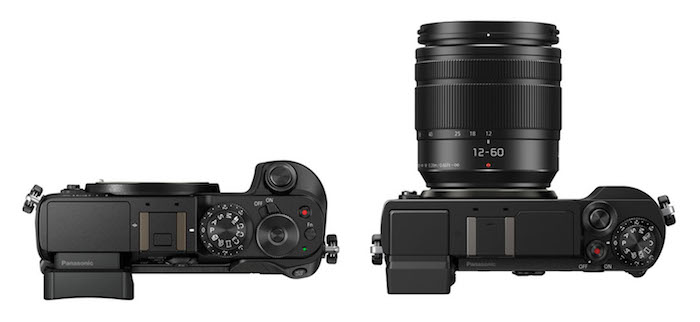
Another relevant point is that the GX8 has a splash and dust proof construction and the main structure is made of magnesium alloy, while the GX9 lacks weather-sealing.
2. Viewfinder and rear monitor
A unique feature of the GX8 (and GX7 before it) is the tilting EVF, so we’re happy to see it back on the GX9 after it went missing from the GX85. It can be very useful in some situations and is something you won’t find on other cameras.

The technology used on the inside is different however. The GX8 uses a 2,360k dot OLED display which gives more clarity and contrast, while the GX9 uses an LCD panel with field sequential technology.
All this means is that the EVF displays the green, red and blue colours one after the other in very rapid succession, giving a feeling of better colour accuracy. That said, the contrast is usually lower and the EVF can display a rainbow effect when panning quickly, for example, because the screen can’t display the RGB colour sequence fast enough. The native resolution probably sits at around 920k dots but only the 2760K dot equivalent resolution is stated in the specifications.
The GX8 also has a larger magnification of 0.77x and an eye point of 21mm. The GX9 has 0.70x magnification and a reduced eye point of 17.5mm, so the GX8’s EVF is definitely more comfortable if you wear glasses.
As for the rear monitor, they are both touch sensitive: the one on the GX8 is multi-angle while the one on the GX9 can only be tilted up and down.
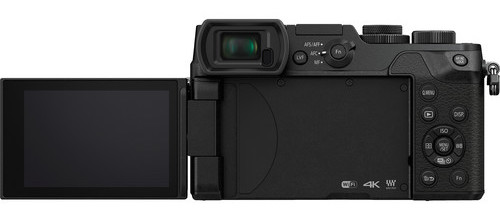
The GX9 has an extra setting that could prove very useful, which is the Live View Boost mode. It increase the sensitivity in dark conditions to help you compose.
3. Shutter mechanism
During our time with the GX8, we found shutter shock to be quite pronounced between 1/60s and 1/320s. This is why Panasonic introduced a new shutter mechanism on the GX85 and subsequently the GX9 as well. It features an electromagnetic drive that reduces vibrations caused by the curtain movements by almost 90%. We haven’t had any problems with the GX85 so far, so it will certainly be a welcome addition to the GX9 as well.
The GX8 retains a faster speed of 1/8000s which is one stop better than the 1/4000s maximum speed on the GX9. With the electronic shutter, both cameras can reach 1/16000s.
4. Continuous shooting speed and buffer
A small improvement made to the GX9 is the maximum burst speed of 9fps in comparison to 8fps on the GX8 (High mode). If you want live view with blackouts and continuous AF, you have to select the medium speed which is 6fps on both.
The buffer depth is listed as being approximately 30 RAW or 100 JPG files for both cameras.
5. Low pass filter and image processor
As anticipated in the introduction, the two cameras feature a 20MP micro four thirds sensor. However the chip on the GX9 lacks the anti-aliasing/low pass filter which should improve sharpness a little.
The GX9 features an updated image processor and brings some colour improvements, particularly for skies and human skin tones.
6. Image stabilisation
The GX8 was the first Panasonic camera to introduce Dual I.S., which means that the sensor and optical stabilisation work together to reduce shake and blur when shooting at slow shutter speeds. It works on 4 axes on the sensor plus 2 axes on the lens for up to 3.5EV compensation. However it only works for stills – for video, it combines optical and software stabilisation instead.
The GX9 uses 5 axes on the sensor and Dual I.S. is available for both stills and video, giving an official compensation rating of 4EV by CIPA standards.
In our experience with the GX8, the best we got was a shot at half a second with the sensor shift only or 1s with Dual I.S. (after multiple attempts). The GX9 features the same system as the GX85 which gave us better results (1s and 2s respectively, although you want to keep the shutter speed higher for better keeper rate).
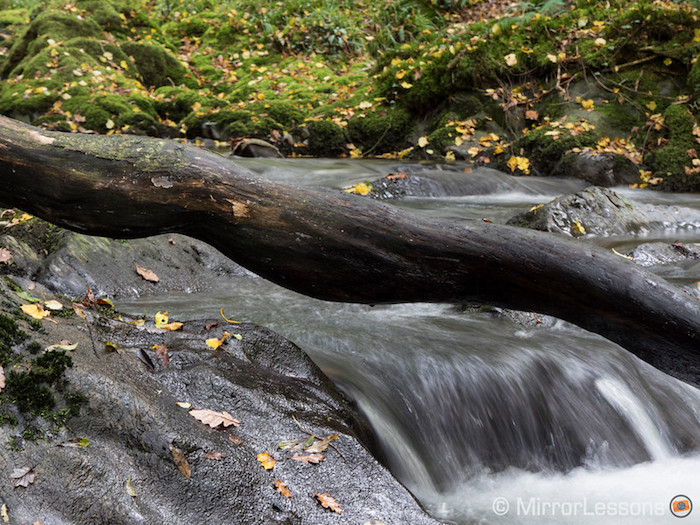
In short, we can expect the same kind of improvement we saw with the GX85, and because it also works for video, we should see reduced jittering when using OIS lenses.
7. Monochrome profiles
While the GX8 has a standard monochrome profile, the GX9 also comes with L.Monochrome which gives you more contrast, and the new L.Monochrome D profile which has been designed with street photographers in mind and gives you the option of selecting three levels of grain.
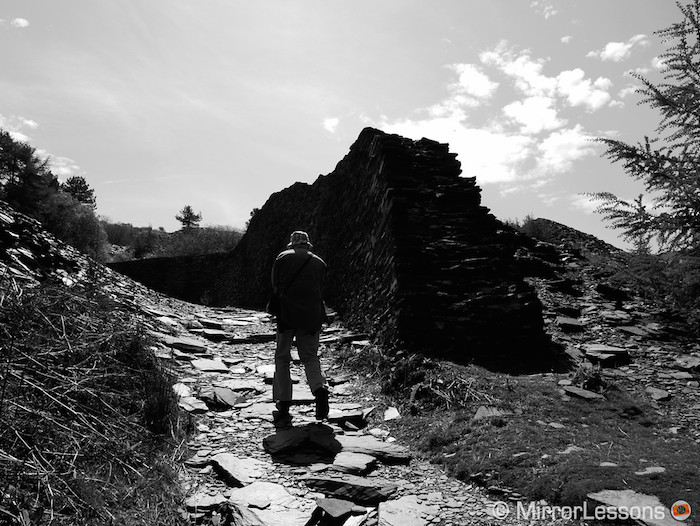
8. Bracketing
The GX9 features more bracketing options in comparison to the GX8. In addition to AE and white balance, you can use focus bracketing (useful for landscapes and macro if you stack the images in post to create more depth of field) and aperture bracketing which changes the aperture between shots to have a different depth of field.
9. Extra 4K features
Both cameras feature 4K Photo which allows you to record a video at 30fps and save any frame you want into an 8MP JPG. The GX9 has more extra features related to this function however.

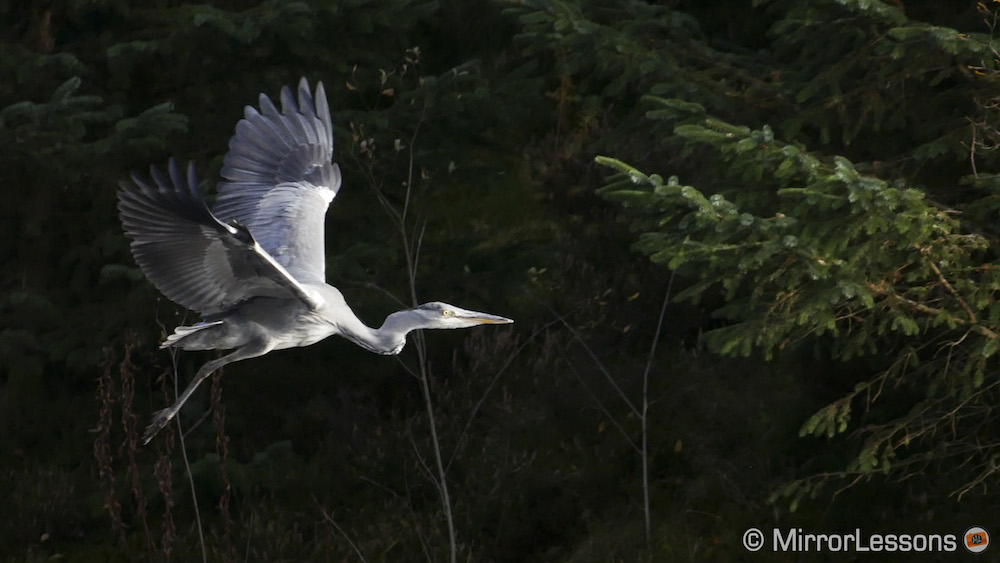
For example, Post Focus allows you to vary the focus point between frames and stack them to produce more depth of field (similar to focus bracketing but it is done in-camera).
Light Composition merges frames by saving the brighter areas which is useful for light painting, and the new Sequence Composition mode can composite select frames in-camera.
Another feature that takes advantage of the video resolution is 4K Live Cropping, which allows you to create digital movements like panning or zooming and outputs the result in 1080p.
The GX8 doesn’t have many of these features except for Post Focus and it can’t do stacking.
10. Bluetooth
In addition to Wifi and NFC, which is also found on the GX8, the GX9 has a Bluetooth Low Energy (BLE) connection which maintains a constant link to your mobile device without consuming too much battery life. It also lets you geotag your images.
Conclusion
Given the age difference, it is natural to see more advanced features on the Lumix GX9, such as better image stabilisation for example.
However some other aspects haven’t changed all that much: they use the same first generation DfD autofocus system, which is good but not great, and definitely not as reliable for tracking fast-moving subjects as the latest version used on the GH5 or G9, and the sensor is almost identical barring the lack of a low-pass filter on the new model.
Some features you might miss from the Lumix GX8 are the larger grip and the better viewfinder but the GX9 obviously has the upper hand when it comes to compactness. On a personal note, we actually own the GX85 – which is very similar to the GX9 – and we find it very comfortable to carry around when paired with a small lens.
Check price of the Lumix GX9 on
Check price of the Lumix GX8 on
Amazon | Amazon UK | B&H Photo | eBay
You might also enjoy the following articles:
